Expansion of 5G Technology
The expansion of 5G technology is poised to be a transformative driver for the Redistribution Layer Material Market. As telecommunications companies roll out 5G networks, there is a heightened demand for advanced materials that can support the increased data transmission speeds and connectivity requirements. Redistribution layers play a crucial role in the design of 5G infrastructure, including base stations and mobile devices. Market forecasts indicate that the 5G technology sector is expected to grow at a staggering rate of 30% annually, which will likely propel the demand for specialized redistribution layer materials. This trend signifies a pivotal opportunity for the Redistribution Layer Material Market to align with the technological advancements in telecommunications.
Growth of Automotive Electronics
The growth of automotive electronics is emerging as a significant driver for the Redistribution Layer Material Market. With the increasing integration of advanced electronic systems in vehicles, such as infotainment, navigation, and safety features, the demand for reliable redistribution layers is on the rise. Automotive manufacturers are seeking materials that can withstand harsh environmental conditions while ensuring optimal performance. The automotive electronics market is projected to expand at a rate of approximately 8% per year, highlighting the potential for growth in the Redistribution Layer Material Market as it caters to the evolving needs of the automotive sector.
Increased Demand in Consumer Electronics
The Redistribution Layer Material Market is significantly influenced by the rising demand for consumer electronics. As devices become more compact and multifunctional, the need for efficient redistribution layers to support advanced circuitry is paramount. The proliferation of smartphones, tablets, and wearable technology has led to an increased requirement for high-quality materials that can enhance device performance. Recent market data reveals that the consumer electronics sector is anticipated to grow by approximately 6% annually, which directly correlates with the demand for innovative redistribution layer materials. This trend underscores the critical role of the Redistribution Layer Material Market in supporting the evolving landscape of consumer electronics.
Sustainability Initiatives and Eco-Friendly Materials
Sustainability initiatives are becoming a pivotal driver in the Redistribution Layer Material Market. Manufacturers are increasingly focusing on eco-friendly materials that minimize environmental impact while maintaining performance standards. The shift towards sustainable practices is not only a response to regulatory pressures but also aligns with consumer preferences for greener products. This trend is reflected in the growing adoption of biodegradable and recyclable materials in the production of redistribution layers. Market analysis suggests that the eco-friendly materials segment is expected to witness a growth rate of around 7% annually, indicating a robust shift towards sustainability within the Redistribution Layer Material Market.
Technological Advancements in Semiconductor Manufacturing
The Redistribution Layer Material Market is experiencing a surge due to rapid technological advancements in semiconductor manufacturing processes. Innovations such as 3D packaging and advanced lithography techniques are driving the demand for high-performance redistribution layer materials. These materials are essential for ensuring efficient electrical connections and thermal management in complex semiconductor devices. As the industry moves towards smaller, more powerful chips, the need for advanced redistribution layers becomes increasingly critical. Market data indicates that the semiconductor sector is projected to grow at a compound annual growth rate of approximately 5.6% over the next five years, further fueling the demand for specialized materials in the Redistribution Layer Material Market.
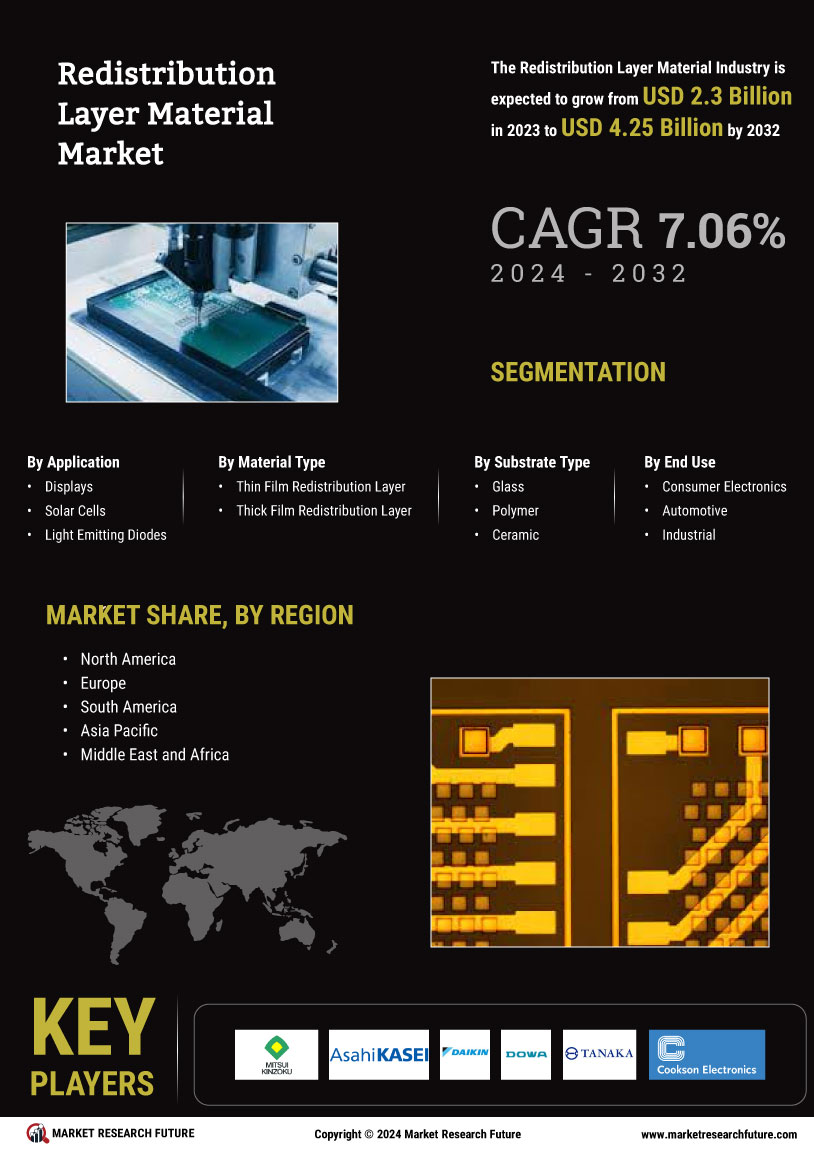

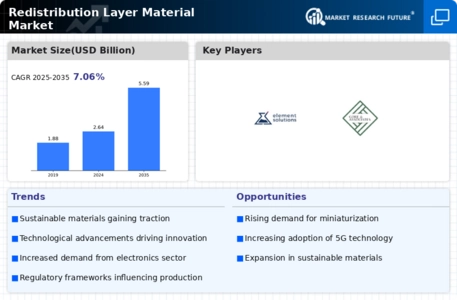
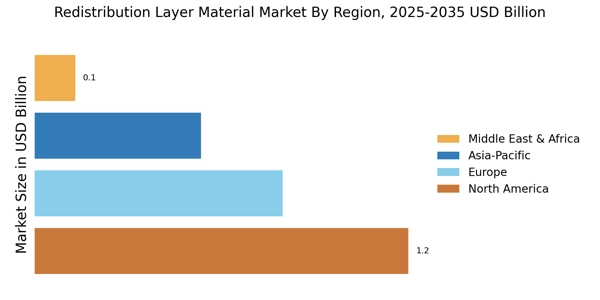



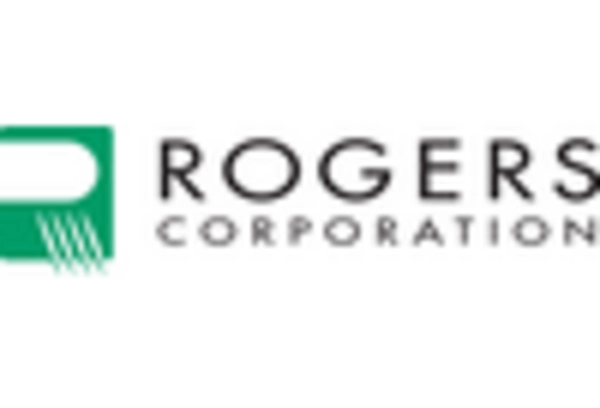

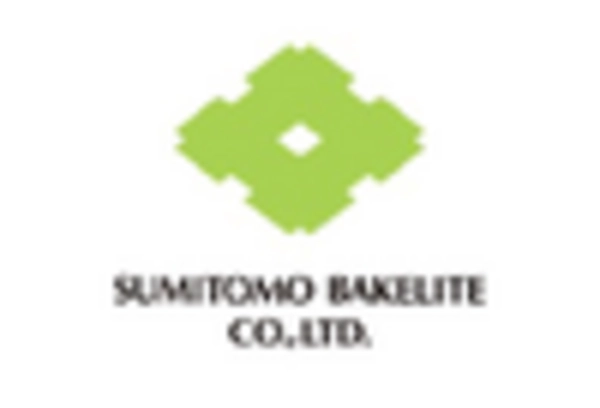








Leave a Comment